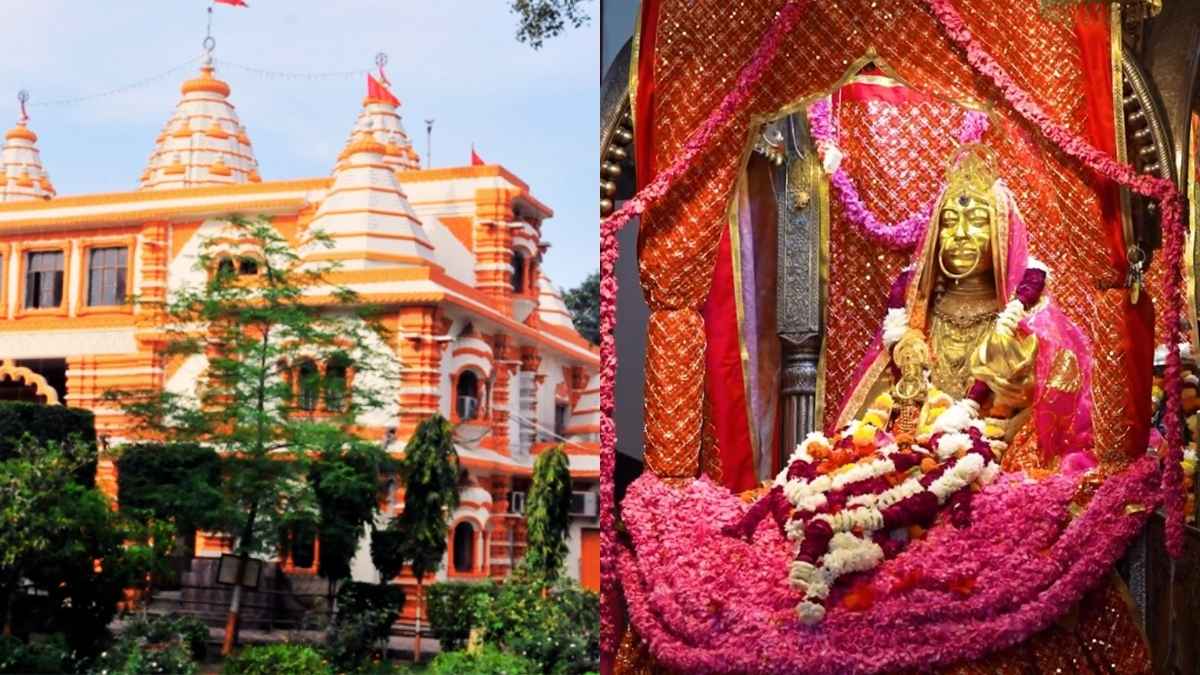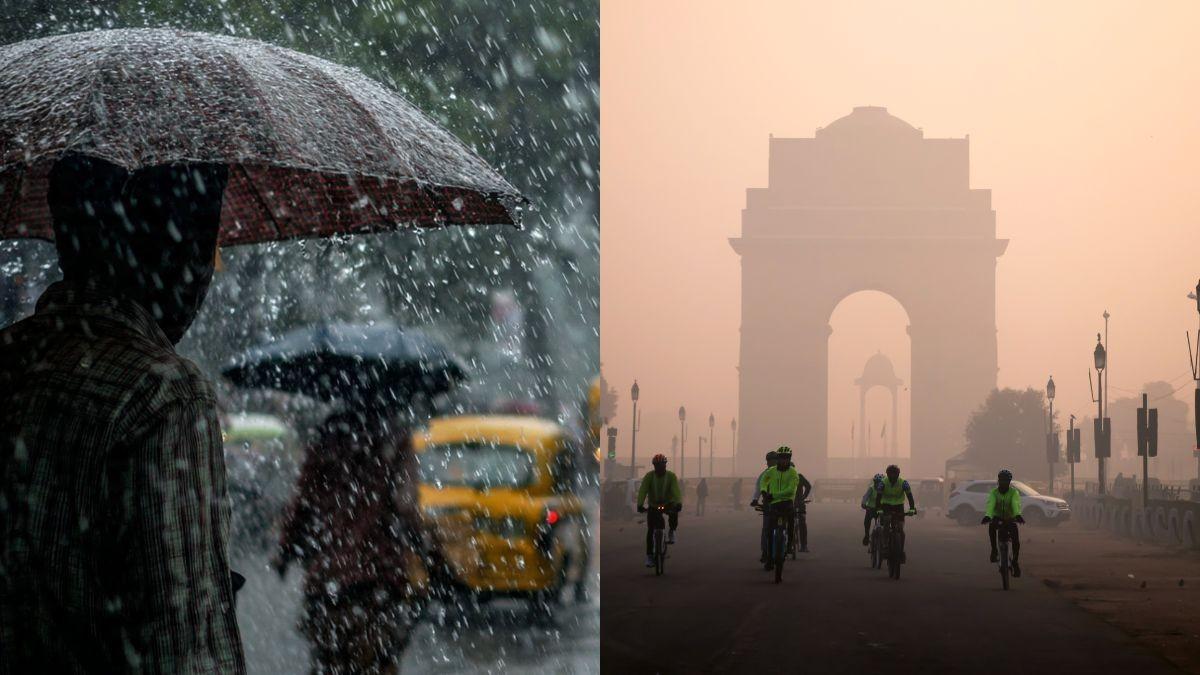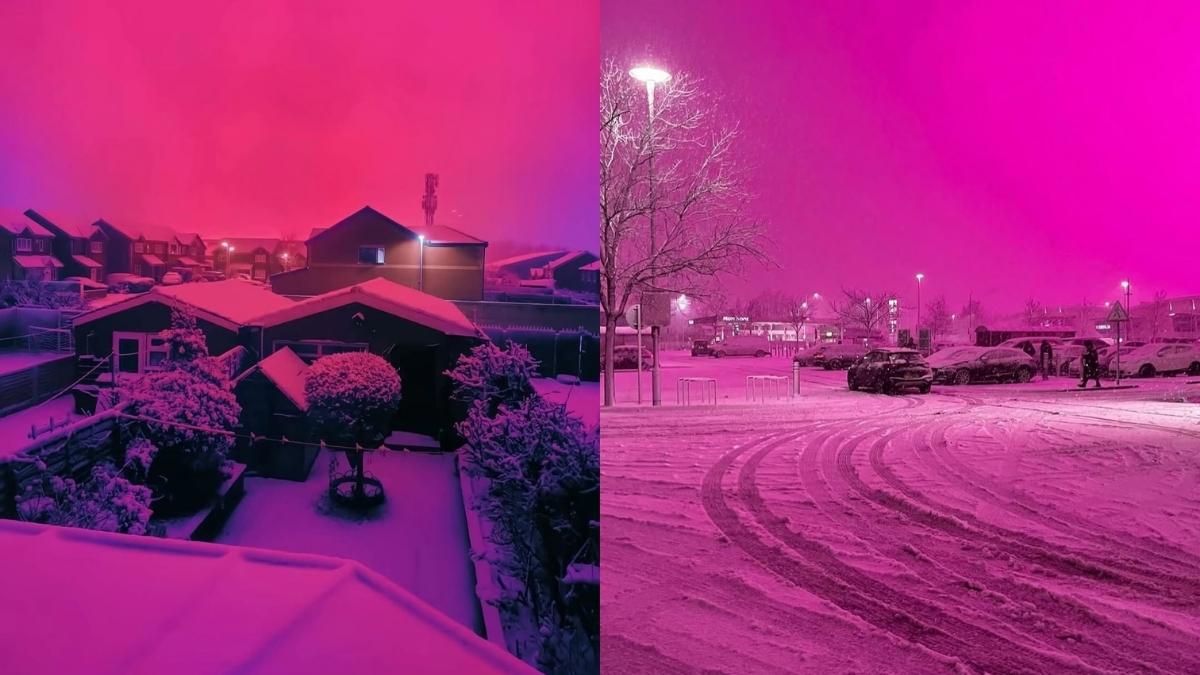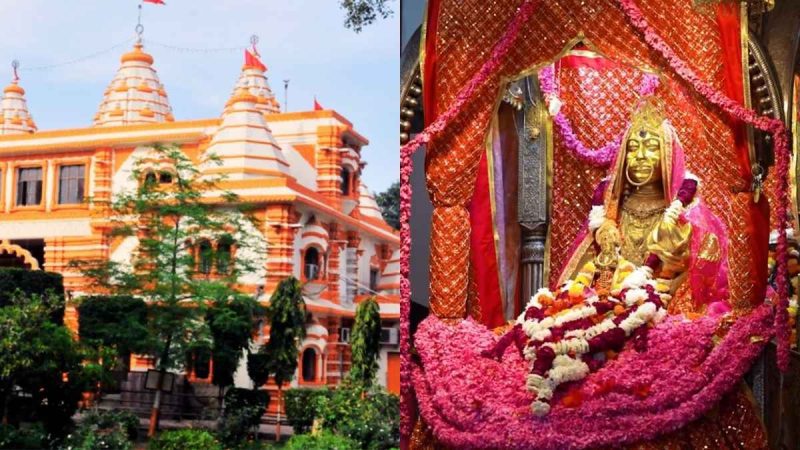Nestled in the labyrinthine lanes of old Gurugram, the Sheetla Mata Temple is more than a shrine; it is a patchwork of myth, memory, and a kind of mystical medicine that has survived centuries. Dedicated to Sheetla Devi, the goddess who cools fevers and heals blistered skin, the temple has long been associated with miraculous cures for smallpox, rashes, and other ailments that once terrified entire communities.
Sheetla Mata Temple Gurugram: A Shrine Of Healing And Faith
View this post on Instagram
Legends give the place its weight. Gurugram itself bears the name of Guru Dronacharya, the famed teacher of both Pandavas and Kauravas, who is said to have had his ashram in these very fields. His wife, Kirpai, also remembered as Kripi or Lalita, was known not for her husband’s martial prowess but for her own quiet devotion to the sick.
Children burning with smallpox fevers would find her at their bedside, offering herbs, prayers, and comfort. Over time, her compassion transformed into divinity, and she was worshipped as “Sheetla Mata,” the goddess of smallpox. When she passed away, or, as some tales claim, performed sati, a shrine rose where her presence lingered. Later, a devotee named Singha, moved by a dream in which the goddess herself asked to be brought from Keshopur to Gurugram, built a humble sanctum beside a pond and placed her idol there. That simple gesture grew into one of the region’s most significant temples.
By the eighteenth century, Jawahar Singh, the Jat ruler of Bharatpur, formalised what the villagers had nurtured for generations. Fresh from military victories, he ordered a temple built in honour of Sheetla Mata, perhaps as a public vow of gratitude. But beyond kings and wars, the people’s belief in the goddess as a healer made her indispensable. Even today, devotees whisper stories of cures, like the tale of a royal child, paralysed and given up for lost, who was wrapped in mud from the temple pond until movement returned to his limbs.
Also Read: This 68-YO Temple In Mumbai, Dedicated To Nag Devi, Is Believed To Be A Wish Fulfilling Temple
Why Sheetla Mata Temple Endures In The Age of Modern Medicine?
The temple’s geography feels charged with mythology. The large tank that hugs its western wall is not just water but memory made liquid, said to carry centuries of prayers. Not far away stands the Dronacharya Temple in Bhim Nagar, where the great guru is believed to have trained his royal disciples.
The Gurugram Bhim Kund recalls the spot where Drona is said to have bathed after his lessons, while the Ekalavya Temple in nearby Khandsa preserves the tragic moment when the devoted archer sliced off his thumb as “guru dakshina.” Together, these shrines form a kind of Mahabharata trail, grounding Gurugram in epic time.
Life at the Sheetla Mata Temple, however, is not just about stories of the past. Each year, particularly in the spring month of Chaitra, the temple swells with crowds of parents carrying infants for their first mundan, couples praying for marital harmony, or patients arriving with prayers folded into their wounds.
Also Read: In A First-Of-Its-Kind Initiative, Tirupati Temple Adopts AI To Manage Devotee Crowds
To stand at Sheetla Mata Temple is to feel the peculiar blend of history and faith that makes places like this endure. It is where the memory of Dronacharya’s Gurugram merges with the healing touch of his wife, deified as Sheetla Mata. It is where the fear of smallpox once drove entire villages to her feet, and where even now, in an age of vaccines and hospitals, many still turn to her first.
Cover Image Courtesy: gurugram.gov/Website
For more such snackable content, interesting discoveries and the latest updates on food, travel and experiences in your city, download the Curly Tales App. Download HERE. First Published: September 27, 2025 2:00 PM




